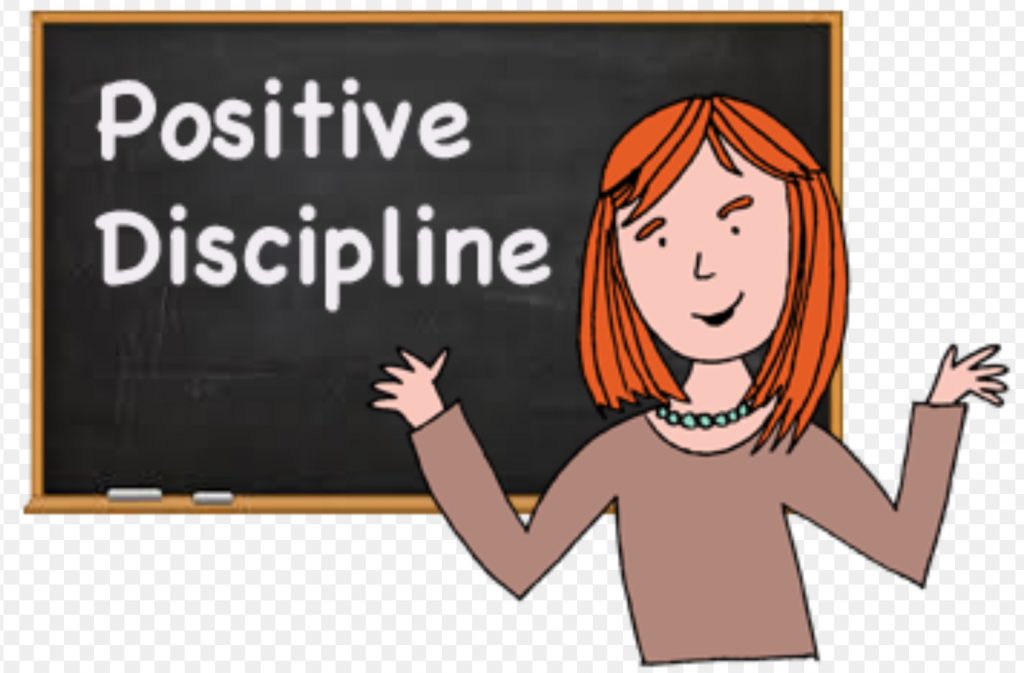Positive Discipline

When I was a student the words positive and discipline were not usually found in the same sentence, and positive discipline was not something practiced by most teachers. However, more and more teachers and schools are slowly transforming school culture in order to provide their students a solution-based and character-building behavior model which builds mutual respect, promotes academic excellence and teaches basic social abilities in a structured and practical way.
Positive discipline is based on the work of two Austrian psychologists: Alfred Adler and Rudolf Dreikurs. They believed that children need order (structure and responsibility) and freedom in order to grow into responsible citizens who contribute positively to their community.
While in a traditional school the tools adults have at their disposal are control, rewards and punishments, the positive discipline ideology uses empathy, the understanding of the students perspective, problem resolution in the group, as well as a mix of firmness and kindness. Perhaps, the rewards of such tools are not immediately noticed, but they have a stronger and long lasting impact. They allow the student to be motivated by a sense of belonging and importance in their social context and this in turn allows the student to maximize their learning and to find solutions for problems instead of looking for who or what to blame.
For more insight into positive discipline and ideas on how to implement it at home you can visit http://www.positivediscipline.com
The following books is also a good source and widely available through online book sellers such as Amazon.





